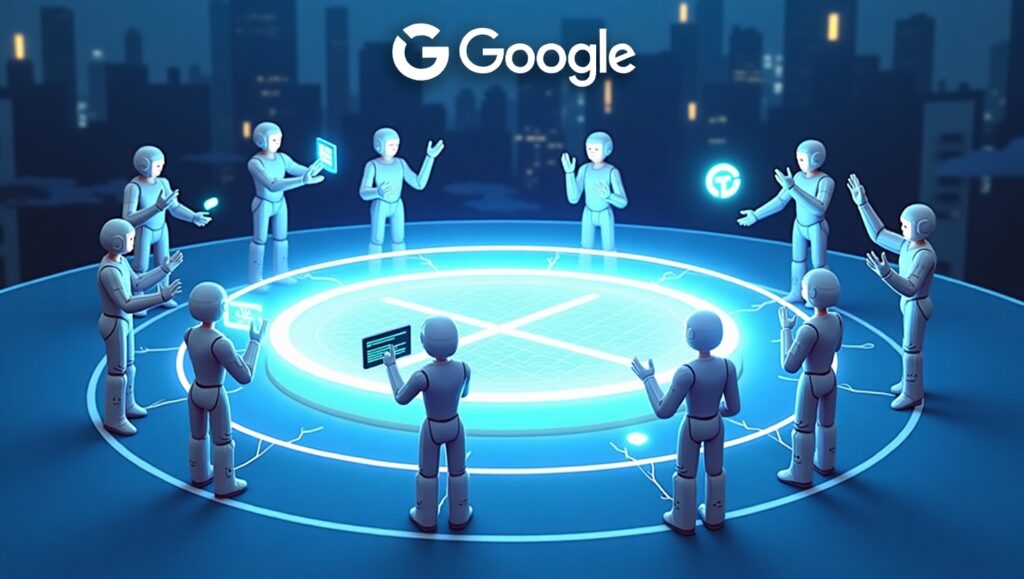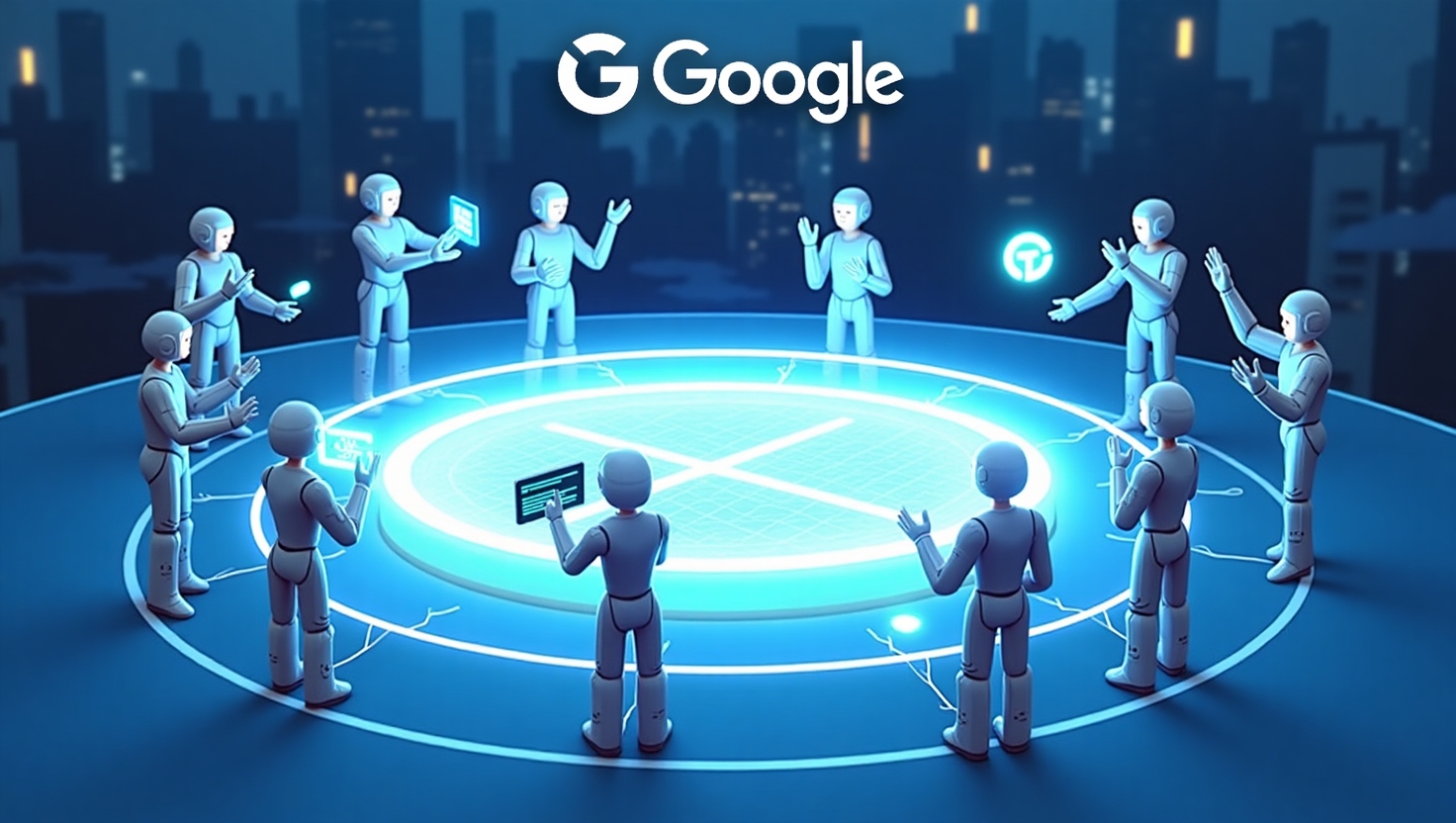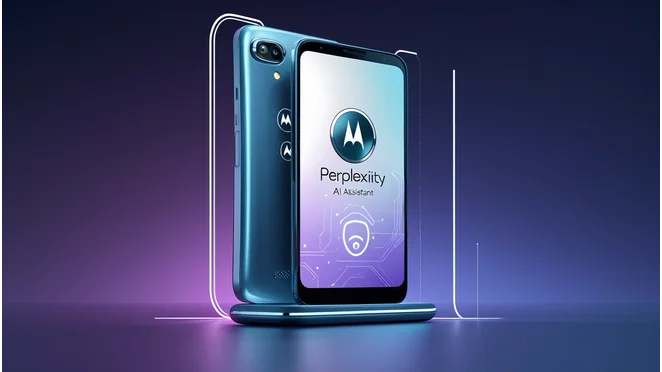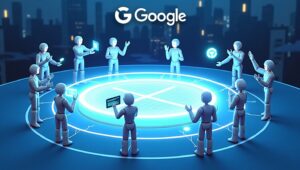Google has introduced its Agent2Agent (A2A) protocol at Cloud Next 2025, aiming to standardise how AI agents from different developers and platforms communicate and collaborate. As organisations increasingly rely on AI agents to handle complex tasks like supply chain planning and equipment procurement, the lack of interoperability between these agents has become a major challenge. Without a unified communication method, agents often operate in isolation, leading to conflicting outputs and inefficient workflows.
The A2A protocol addresses this by defining a common message format and workflow that allows agents to securely interact in real time. In this system, agents can act as either clients, initiating requests, or as remote agents, responding to tasks. This flexibility supports seamless cooperation between agents, regardless of their vendor or framework.
Google’s A2A complements Anthropic’s Model Context Protocol (MCP), which links AI agents to tools and data resources. While MCP connects agents with the necessary context and services, A2A connects agents directly to one another, enhancing task coordination across different systems. The initiative has garnered support from over 50 major technology partners including Salesforce, SAP, Intuit, PayPal, and Workday, alongside global service firms such as Deloitte, PwC, KPMG, and Accenture.
HyperCycle, a decentralised platform for AI agent deployment, aligns closely with A2A’s principles. Through its Node Factory framework, HyperCycle enables scalable, collaborative AI environments where agents can work together across networks without being limited by their origin. The platform’s peer-to-peer network, powered by the Toda/IP architecture, supports self-replicating nodes and cross-platform integration, promoting data sharing and agent cooperation.
HyperCycle’s Layer 0++ blockchain infrastructure enhances security and speed for these agent interactions. The system also offers bridges to other blockchain networks like Bitcoin, Ethereum, and Polygon, increasing its adaptability across various use cases including DeFi, decentralised payments, and swarm AI.













